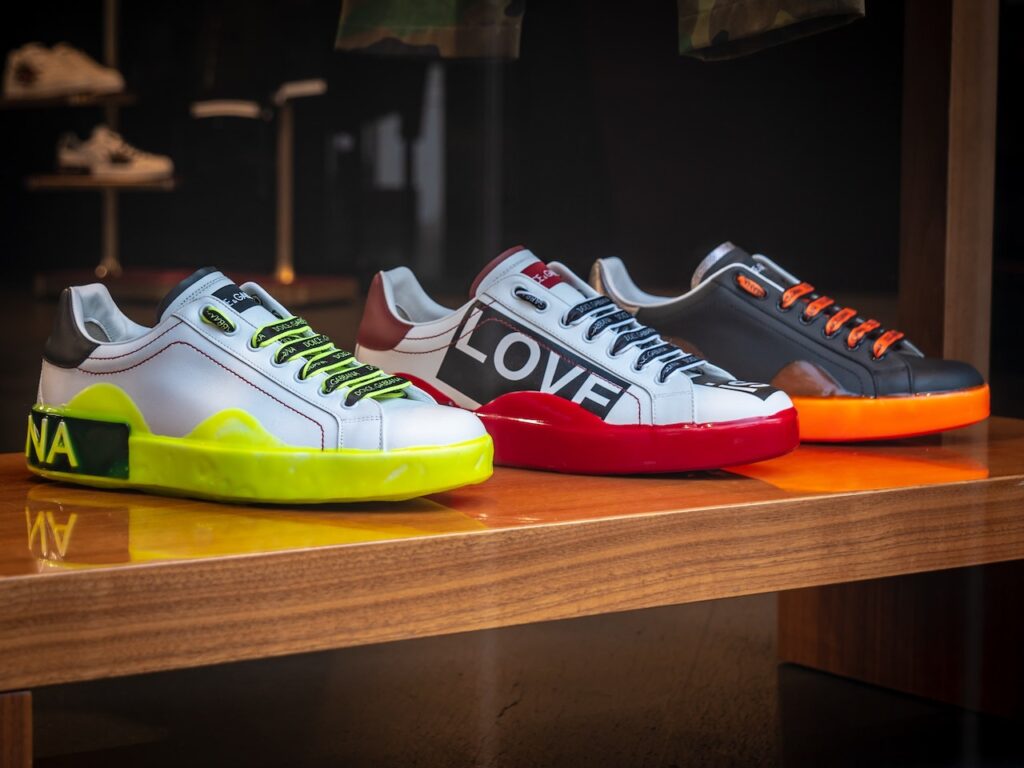Tips for Choosing the Right Shoes for Your Child
Choosing the right shoes for your child is an important task that can affect their overall health and well-being. Here are some tips to help you choose the right shoes for your child:
Get the right size: Make sure to measure your child’s feet before buying shoes. Have them stand up and measure both feet, as one foot may be slightly larger than the other. Choose shoes that are a half size to a full size bigger than their measured size to accommodate for growth.
Choose the right material: Look for shoes made of breathable materials such as leather, canvas or mesh. These materials allow for proper air flow and help prevent moisture buildup in the shoe.
Consider the activity: Different activities require different types of shoes. For example, if your child is going to be running or playing sports, look for shoes with good arch support and shock absorption.
Check the sole: Look for shoes with a non-slip sole that will provide good traction on a variety of surfaces. Avoid shoes with completely flat soles, as these can lead to foot and ankle injuries.
Opt for Velcro or slip-on shoes: Young children may struggle with tying shoelaces, so choose shoes with Velcro or slip-on options for easy on and off.
Allow for growth: Children’s feet grow quickly, so be prepared to buy new shoes every few months to accommodate for growth.
By following these tips, you can help ensure that your child has shoes that are comfortable, supportive, and safe.

Get the right size: Make sure to measure your child’s feet before buying shoes. Have them stand up and measure both feet, as one foot may be slightly larger than the other. Choose shoes that are a half size to a full size bigger than their measured size to accommodate for growth.
Have them stand up and measure both feet, as one foot may be slightly larger than the other. Choose shoes that are a half size to a full size bigger than their measured size to accommodate for growth.
It’s important to measure both feet, as one foot may be slightly larger than the other. Choosing shoes that are a half size to a full size bigger than their measured size will provide some extra room for growth and ensure that they can wear the shoes for a longer period of time. It’s important to remember that children’s feet grow quickly, so you may need to buy new shoes every few months to keep up with their growth.
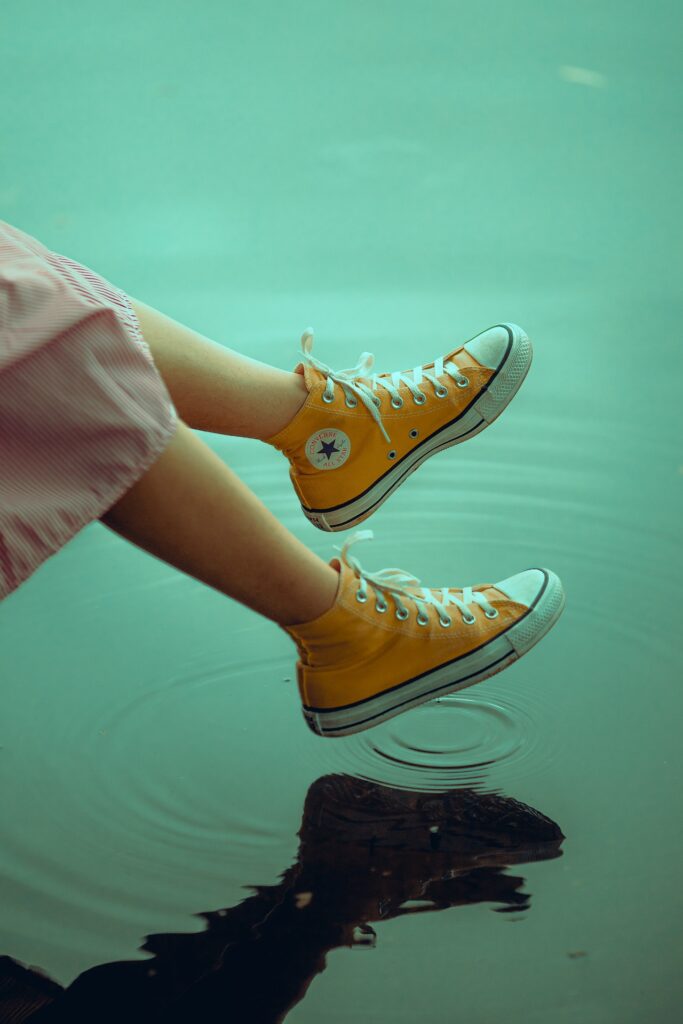
Choose the right material: Look for shoes made of breathable materials such as leather, canvas or mesh. These materials allow for proper air flow and help prevent moisture buildup in the shoe.
Choosing shoes made of breathable materials such as leather, canvas, or mesh is important to help prevent moisture buildup in the shoe and allow proper air flow. This can help prevent problems such as athlete’s foot, blisters, and other foot irritations. Leather is a good option for dress shoes, while canvas or mesh may be more suitable for casual or athletic shoes. It’s also a good idea to avoid synthetic materials, as they may not allow for proper ventilation and can cause your child’s feet to sweat and become uncomfortable.
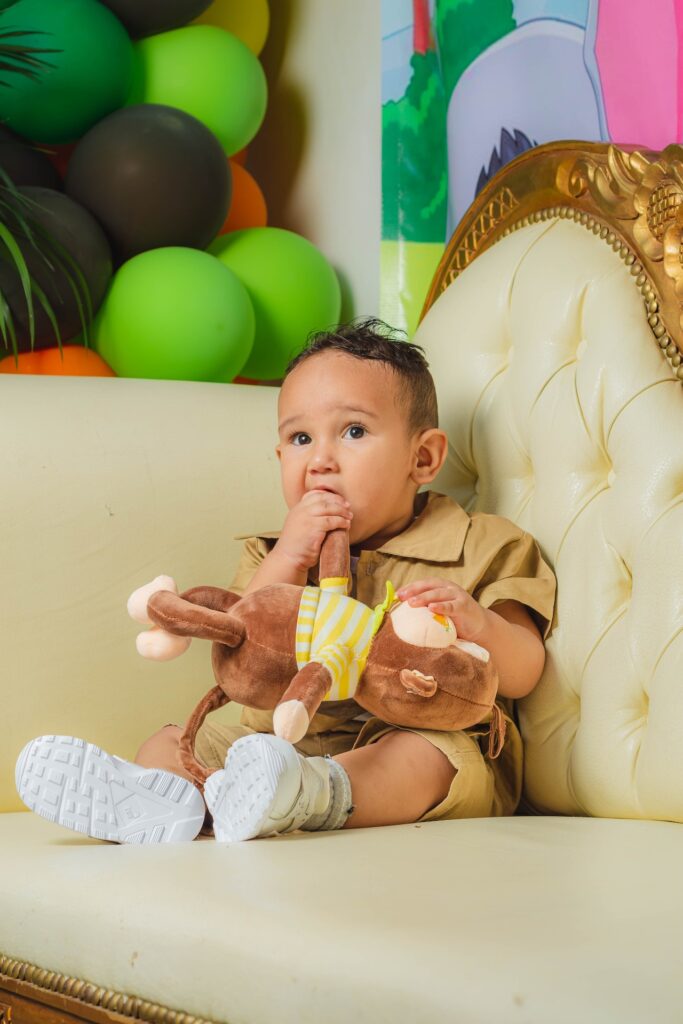
Consider the activity: Different activities require different types of shoes. For example, if your child is going to be running or playing sports, look for shoes with good arch support and shock absorption.
Choosing the right type of shoes for your child’s activities is important to ensure their safety and comfort. For example, if your child is going to be running or playing sports, it’s important to look for shoes that provide good arch support and shock absorption to help prevent injuries and discomfort. Running shoes are designed with features that help absorb impact and support the foot during physical activity, making them a great option for children who are active. On the other hand, dress shoes may not provide the same level of support or comfort during physical activity, so it’s important to choose shoes that are appropriate for the activity at hand. By choosing shoes that are designed for the activity your child will be doing, you can help ensure that they have the support and protection they need to stay healthy and active.
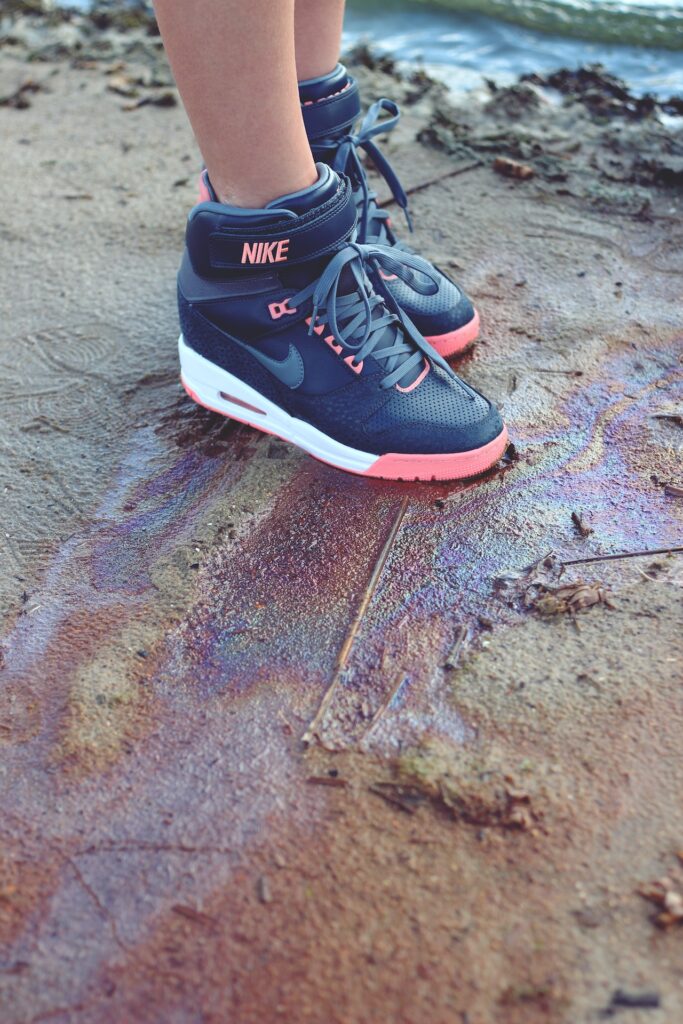
Check the sole: Look for shoes with a non-slip sole that will provide good traction on a variety of surfaces. Avoid shoes with completely flat soles, as these can lead to foot and ankle injuries
When choosing shoes for your child, it’s important to check the sole and look for shoes with a non-slip sole that will provide good traction on a variety of surfaces. This is especially important for children who are active and may be running, jumping, or playing on different surfaces. A non-slip sole can help prevent slips and falls, reducing the risk of injury. It’s also important to avoid shoes with completely flat soles, as these can lead to foot and ankle injuries. Look for shoes with a slight heel or arch support, as these can help distribute weight and reduce the risk of injury. By choosing shoes with a non-slip sole and good support, you can help ensure that your child has a safe and comfortable experience while wearing them.
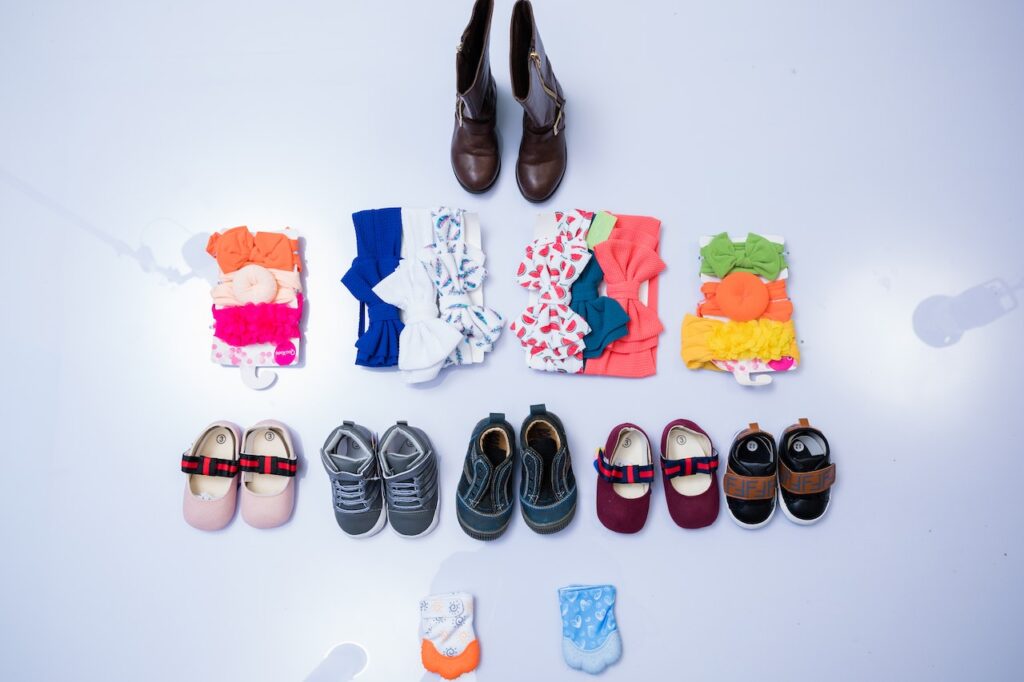
Opt for Velcro or slip-on shoes: Young children may struggle with tying shoelaces, so choose shoes with Velcro or slip-on options for easy on and off.
Young children may struggle with tying shoelaces, so it’s a good idea to choose shoes with Velcro or slip-on options for easy on and off. Velcro shoes are a great option for young children who are just learning how to put on and take off their shoes. Slip-on shoes, such as loafers or sneakers with elastic bands, are also a good option for easy on and off. These types of shoes can help your child become more independent and confident when it comes to putting on and taking off their shoes. It’s also important to choose shoes that fit well and are comfortable, regardless of the closure type. By choosing shoes that are easy to put on and take off, you can help make getting dressed and ready for the day a smoother and more stress-free experience for both you and your child.

